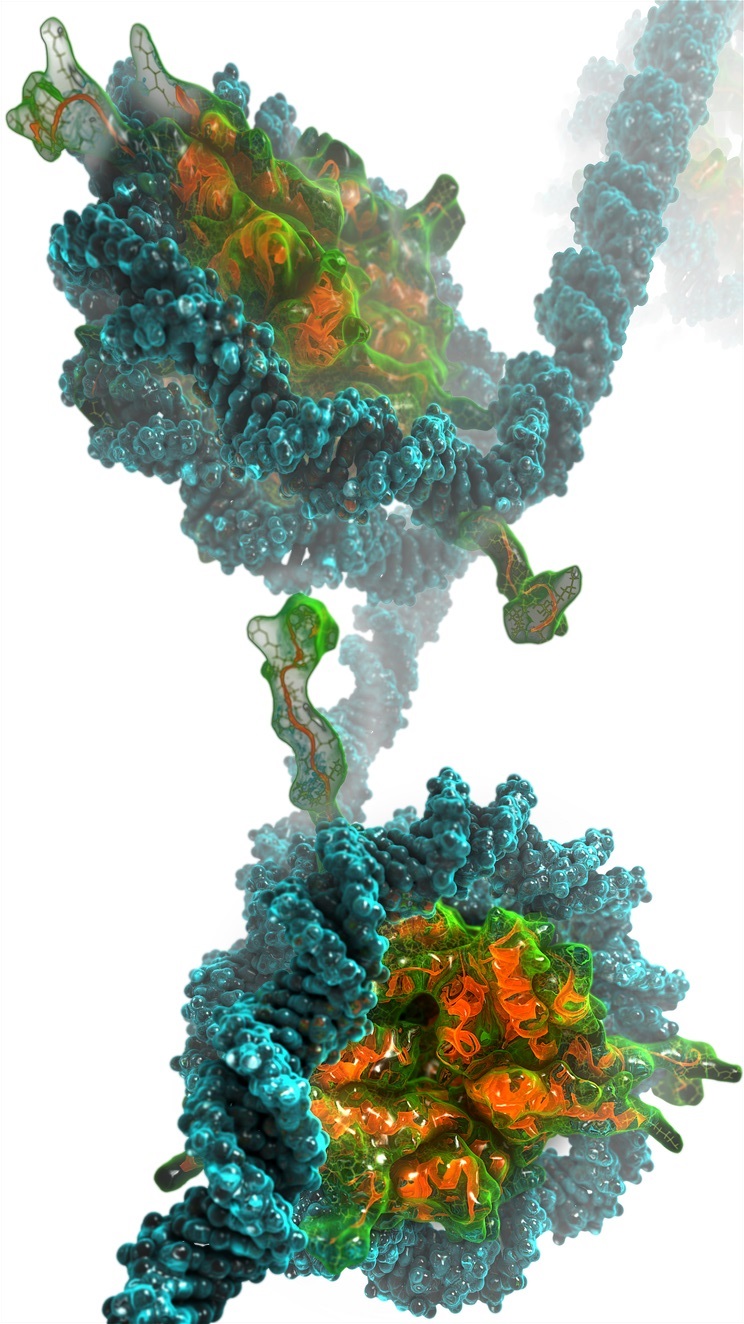Said Sannuga
The founder of Cellscape, has both molecular biology
and animation backgrounds. He obtained an MPhil
degree in Microbial Genetics from the Medical School at
Newcastle University and studied protein-DNA interactions at
the Department of Biochemistry, Imperial College, London, at
the PhD level. Subsequently, he self-trained in animation
technology and worked as a senior animator at a special
effects studio in Brighton.
Said produced his first molecular animation, the "Nucleosome
assembly", and cellular animation, the "A eukaryotic cell
model", in the year 2000. Both of these works were
commended by leading medical illustrators.
Said then started working professionally on his scientific
animations; his first projects being with Professor
Guy Dodson and, later, with many leading scientists from
the UK, Europe and USA. Said's visualisation work has been
used widely for educational and outreach purposes and has
been highlighted or included in several journals and books,
including Animation UK, EMBO reports, Trends in
Biochemical Sciences, the "Visual Strategies"
book and the "Life On Earth" e-Book.
Alison Davis
Alison is our scientific consultant, trained as a molecular biologist (BSc (Hons) Biochemistry, Imperial College, London, PhD protein-protein interactions, Leeds University), who has carried out research at Imperial College, London, the Institute of Child Health, London and the Universities of Leeds and York.
References
- Said Sannuga (2000) Breaking into biology. In "animationUK", Issue 2, p. 13.
- Holger Breithupt (2006) Seeing is understanding: Improvements in computer software and hardware are revolutionizing three-dimensional imaging in biology. EMBO Reports, Vol. 7, No 5, p. 467-470.
- Visual Strategies: A Practical Guide to Graphics for Scientists and Engineers (2012) By Felice Frankel and Angela Depace, Yale University Press.
- Life On Earth, e-Book: https://eowilsonfoundation.org/tag/e-o-wilsons-life-on-earth-digital-textbook/
- Sunny Sharma and Denis L.J. Lafontaine (2015) ‘View From A Bridge’: A New Perspective on Eukaryotic rRNA Base Modification. Trends in Biochemical Sciences, Vol. 40, Issue 10, p. 560-575.
